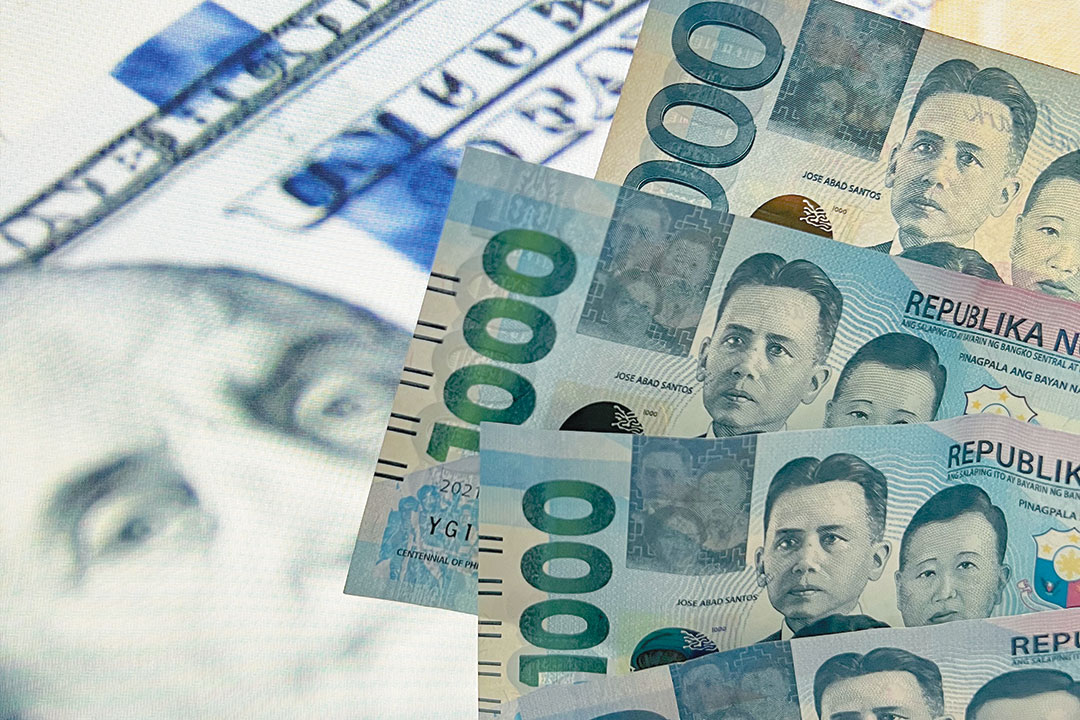Measuring poverty in the age of climate

By Knut Ostby and Mohamed Shahudh
How we understand and measure poverty has evolved. From early income-based definitions, Nobel laureate Amartya Sen’s “capability approach” in the 1980s broadened the concept, viewing poverty not just as a lack of income but as the absence of basic opportunities and freedoms.
Building on this, the UN Development Programme (UNDP) developed the Human Development Index (HDI) in the 1990s and, in subsequent years, formulated the Multidimensional Poverty Index (MPI). Annually released by the UNDP in partnership with the Oxford Poverty and Human Development Initiative (OPHI), the MPI measures human well-being and examines poverty through deprivations in health, education, and living standards, offering a more complete picture of poverty beyond income.
This year’s Global MPI Report 2025, “Overlapping Hardships: Poverty and Climate Hazards,” covers 109 countries representing 6.3 billion people. It finds that 1.1 billion people, or 18.3% of the global population, live in multidimensional poverty. Most of them are in Sub-Saharan Africa and South Asia, and more than half are children. For the first time, the report links poverty data with climate risk, revealing how climate change worsens the burden of poverty. Nearly 80% of the world’s poor, or around 887 million people, live in areas exposed to at least one of four major climate hazards: extreme heat, drought, flooding, or air pollution. Under high-emission scenarios, these regions could face 37 more days of extreme heat annually by mid-century, deepening existing inequalities.
In the Philippines, 3.9% of the population, or 4.47 million people, are multidimensionally poor, while another 5.2%, or 6.02 million, are at risk. Most deprivations stem from living standards, followed by education and health. The report highlights air pollution in Metro Manila and flooding in southern provinces as major climate hazards that threaten progress toward the Sustainable Development Goals (SDGs). The country’s latest Voluntary National Review identifies Climate Action as one of the SDGs now regressing, an urgent warning that climate impacts are already slowing inclusive development.
Recent events in the Philippines illustrate this growing vulnerability. Just recently, Typhoon Tino battered Central Visayas, including the province of Cebu, with torrential rains and destructive winds. Within a single day, some areas received more than 180 millimeters of rain, enough to flood entire communities. Power and communication lines were cut off in several municipalities, and emergency shelters quickly filled beyond capacity. The storm killed more than 180 people and left over a hundred missing, displacing thousands. Just as relief operations were underway, Typhoon Uwan came, threatening further rainfall and landslides in Northern Luzon. The back-to-back disasters underscored how natural and climate-induced hazards can trap already vulnerable communities in a cycle of loss and recovery.
These overlapping crises reflect what the MPI calls the “double burden” and the intersectionality of poverty and climate change. Poor households are more likely to live in areas exposed to hazards and in housing that cannot withstand extreme events. When disasters strike, they have fewer savings, weaker safety nets, and limited access to insurance or assistance. The MPI report shows that in rural areas, multidimensional poverty is more than four times higher than in urban centers. In the Philippines, where the majority of the population lives in rural barangays, according to the Listahanan 3 survey. This means that millions are exposed to both economic and environmental risks.
Breaking this cycle requires integrating climate action with poverty reduction. Programs such as the Pantawid Pamilyang Pilipino Program (4Ps) already provide a strong foundation, but systems need to become more adaptive and shock-responsive. Emergency cash transfers should be scaled up, local governments should be better coordinated during disasters, and nature-based livelihoods in agriculture, forestry, and fisheries should be expanded to strengthen rural resilience.
Governments can also modernize data systems to combine poverty mapping with climate and hazard data. These integrated systems can trigger pre-arranged budget releases when disaster thresholds are reached, allowing for faster and more targeted support. The Philippines can enhance its adaptive social protection mechanisms by incorporating these anticipatory financing tools to protect vulnerable families before disasters strike.
The stakes are high. The Philippines loses an estimated 1.2% of GDP each year due to typhoons, with losses projected to rise to 7.6% by 2030 and 13.6% by 2040 without stronger adaptation measures. Each year, nearly one million Filipinos are pushed into poverty by climate-related shocks according to the World Bank’s Philippines Country Climate and Development Report (2024). Investing in climate-resilient infrastructure, renewable energy, and adaptive social protection could offset up to two-thirds of these losses while creating jobs and strengthening communities.
As the world prepares for COP30, the 2025 Global MPI reminds us that poverty reduction and strengthening climate resilience must go hand in hand. For the Philippines and its ASEAN neighbors, aligning these priorities is essential to building a future that is resilient, inclusive, and sustainable for all.
Knut Ostby is the UNDP Philippines resident representative ad interim, and Mohammed Shahud is a UNDP Philippines economist.



